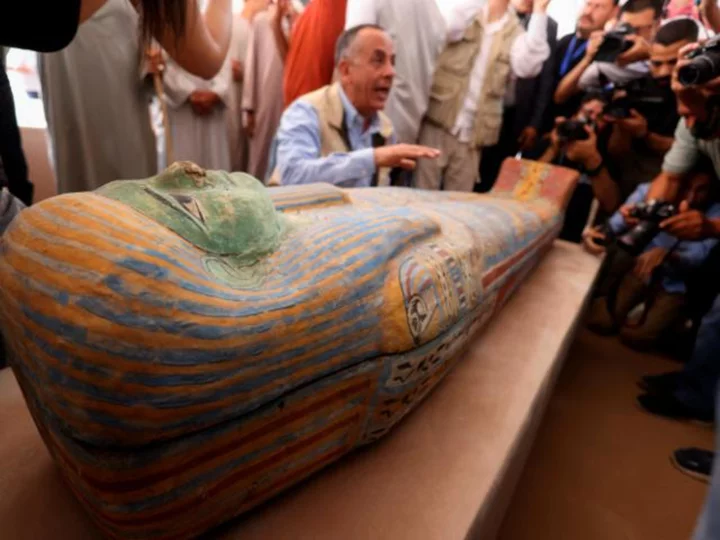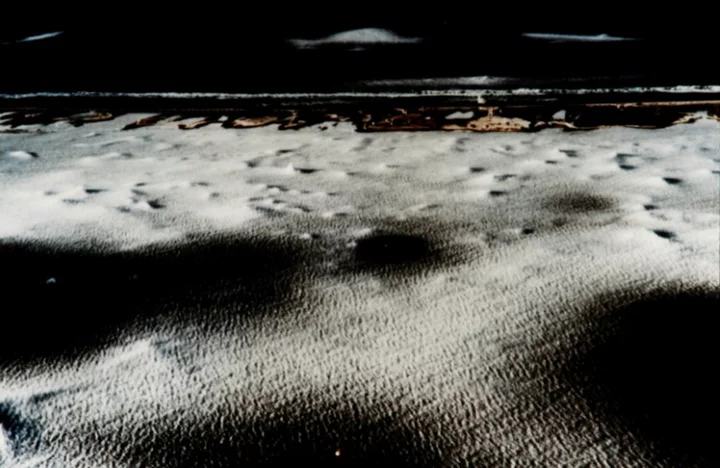Egypt has announced the discovery of two of the largest workshops ever used to mummify human and animal corpses in ancient times.
Two workshops and two tombs were discovered in Saqqara, a vast Pharaonic necropolis south of Cairo, according to Mostafa Waziri, the secretary-general of Egypt's Supreme Council of Antiquities.
"Today, we announce the discovery of the two biggest mummification workshops for humans and animals at the Saqqara Necropolis. This workshop is the one used for humans, including the beds on which the bodies were washed," Waziri told journalists in Giza over the weekend.
The embalming workshops date back to the 30th Dynasty (380-343 BC) and the Ptolemaic period (305-30 BC), Egyptian state newspaper, Al-Ahram reported Saturday, citing Waziri.
The first workshop is a rectangular building containing multiple rooms with stone beds measuring 2 meters (6.6 feet) long and 50 centimeters (20 inches) wide which were used to mummify the deceased, according to Al-Ahram.
Archaeologists unearthed tools used by ancient Egyptians to dissect bodies to remove internal organs alongside the canopic jars used to preserve internal organs, Waziri said.
Archaeologists also found clay pots and animal burials in the second workshop. According to Al-Ahram, this workshop contained "five stone beds, distinct from those discovered in the human embalming workshop."
"According to initial studies, it is believed that this particular workshop was used for the mummification of sacred animals," Waziri said, according to Al-Ahram.
'Beautiful tombs'
Alongside the two workshops, archaeologists also came across "one of the most beautiful tombs" in the necropolis, according to Waziri. Named after top official, Ne Hesut Ba, the tomb is 4,400 years old and dates back to the fifth dynasty, Waziri said.
Ne Hesut Ba worked as a high priest for the Goddess Maat and supervised the digging of the canals for irrigation, Waziri said, hailing his tomb as an "important" one.
The second tomb is 3,400 years old and belonged to a Qadish priest named Men Kheber Ra, according to Waziri.
In January 2021, archaeologists uncovered a plethora of ancient treasures in Saqqara, including ancient coffins, burial sites and a funeral temple.
During a press conference Saturday in Saqqara, Egypt's Minister of Tourism and Antiquities, Ahmed Issa outlined the pivotal role the site is playing in the Egyptian government's plan to bolster the economy through tourism.
According to Al-Ahram, Issa explained the extensive work being carried out to develop Saqqara as a tourism hub, as part of broader plans to increase tourism to Egypt by 25% to 30% in 2023.
Issa paid tribute to the "hard work" of archaeologists who "revealed this new discovery," Al-Ahram reported.
"I assure you that Egypt, especially the archaeological site of Saqqara, has not yet revealed all its secrets and there are many more to come," the minister added.









